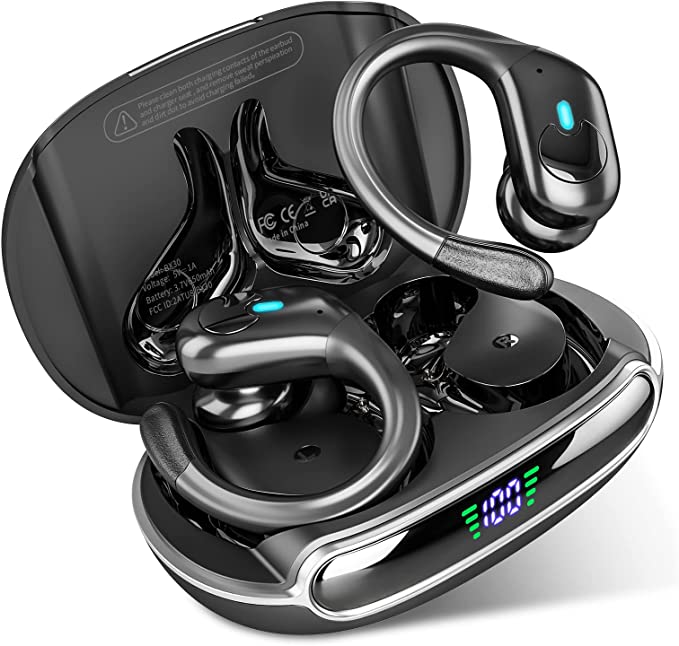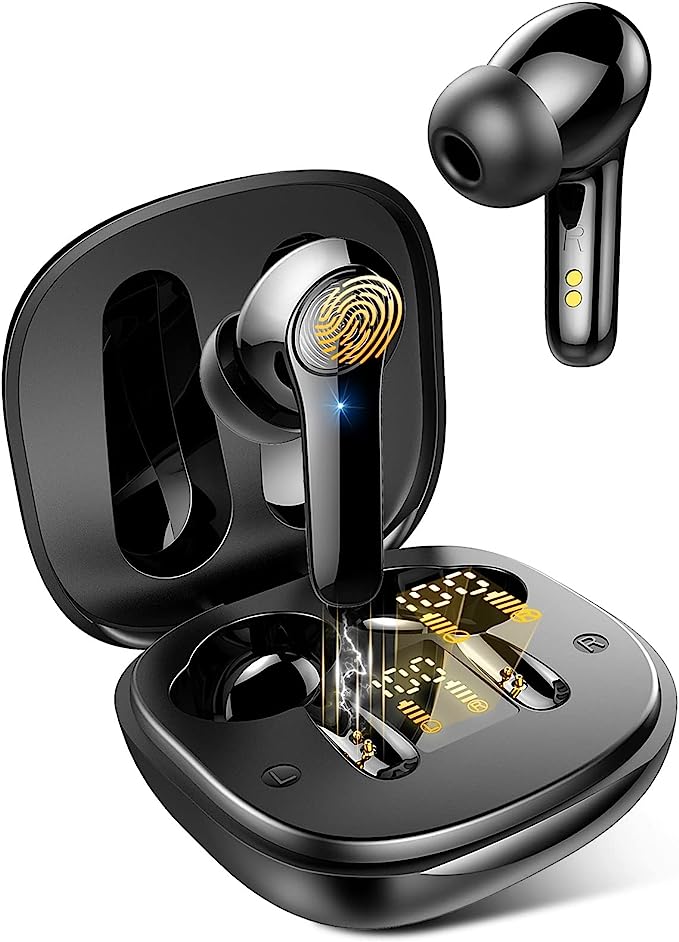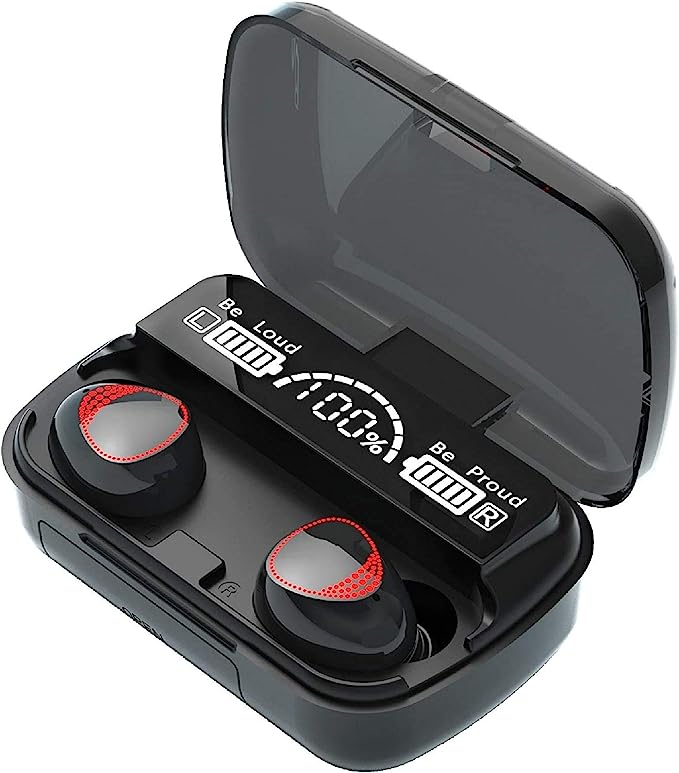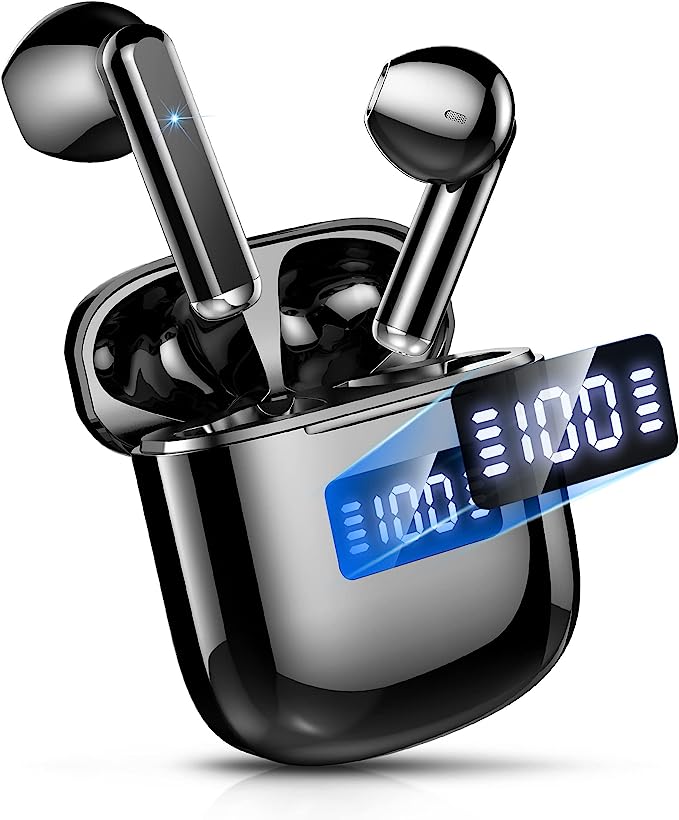The Soul in the Shuffle: Does the Automatic Mahjong Table Kill the Ritual?
Update on Oct. 26, 2025, 8:36 a.m.
There’s a button at the center of the modern mahjong table. A single press can erase the chaos of a finished game and, in under a minute, erect four perfect walls of tiles. It represents a victory of engineering, a triumph of efficiency. But as with many technological advancements, it raises a profound question: in gaining convenience, what, if anything, are we losing?
This isn’t just about a game. It’s a debate that pits the relentless march of progress against the deep, often unspoken value of tradition. It’s a conflict between efficiency and ritual.

The Case for Efficiency: A Hymn to Automation
Proponents of the automatic table argue from a place of practicality and inclusivity.
- Absolute Fairness: The machine is impartial. It shuffles with a thoroughness that human hands can rarely match, eliminating any possibility—or even suspicion—of incomplete mixing or cheating. It creates a level playing field, where victory is purely a matter of skill and luck.
- The Gift of Time: Manual shuffling, or “washing the tiles,” is a time-consuming process. An automatic table can save 5-10 minutes per round. Over an evening, that can add up to an entire extra game. For busy people, this reclaimed time is invaluable. It is, quite simply, more time spent playing.
- A Bridge for Beginners: The ritual of building the walls can be intimidating for newcomers. It’s a barrier to entry. Automation removes this hurdle, making the game more accessible and welcoming. It allows new players to focus on learning the rules and strategy, rather than fumbling with a complex setup. It democratizes the game.
For those who champion automation, the manual shuffle is not a sacred ritual, but an inefficient relic. Technology, in this view, doesn’t detract from the game; it purifies it, stripping away the logistical friction to reveal the strategic core.
The Defense of Ritual: A Lament for the Manual Shuffle
On the other side are those who believe the soul of the game resides in its physical processes.
- The Rhythm of the Game: The manual shuffle is not dead time; it is the game’s natural pause. It’s the halftime show. It’s the period of social communion where the intensity of the previous round dissipates. It’s when players stretch, grab a drink, analyze a brilliant move, or simply chat. This gentle rhythm is a crucial part of the social experience.
- The Tactile Connection: For many, mahjong is a deeply tactile game. The feeling of the tiles under your palms, the satisfying heft, the specific acoustics of the “sparrows’ chattering” as they are mixed by hand—these sensory inputs are integral to the pleasure of the game. Anthropologists would call this a ritual: a physical act that separates the sacred space of the game from the profane world of daily life. The whirring of a machine, they argue, can never replace this.
- The Social Glue: During the manual shuffle, all players are engaged in a communal task. It’s a moment of shared, low-stakes activity that strengthens bonds. Eyes meet, jokes are shared. The automation, by making this process passive, turns players into spectators, potentially isolating them in the brief interlude between games.
For these defenders of tradition, optimizing away the shuffle is like editing the silence between notes in a piece of music. You might make it shorter, but you lose the art.

The Medium is the Message
The philosopher Marshall McLuhan famously argued that “the medium is the message.” The way we do something shapes the meaning of what we do. By changing the medium of play from a hands-on, communal activity to a push-button, automated process, we are subtly changing the message of the game itself. Is it a leisurely social ritual, or a fast-paced strategic competition?
Ultimately, there is no single right answer. The automatic table and the traditional method may simply be creating two different, equally valid, versions of the mahjong experience. The choice you make isn’t just about convenience. It’s a statement about what you value most in the time you spend with others. So, which table would you choose to sit at?





























